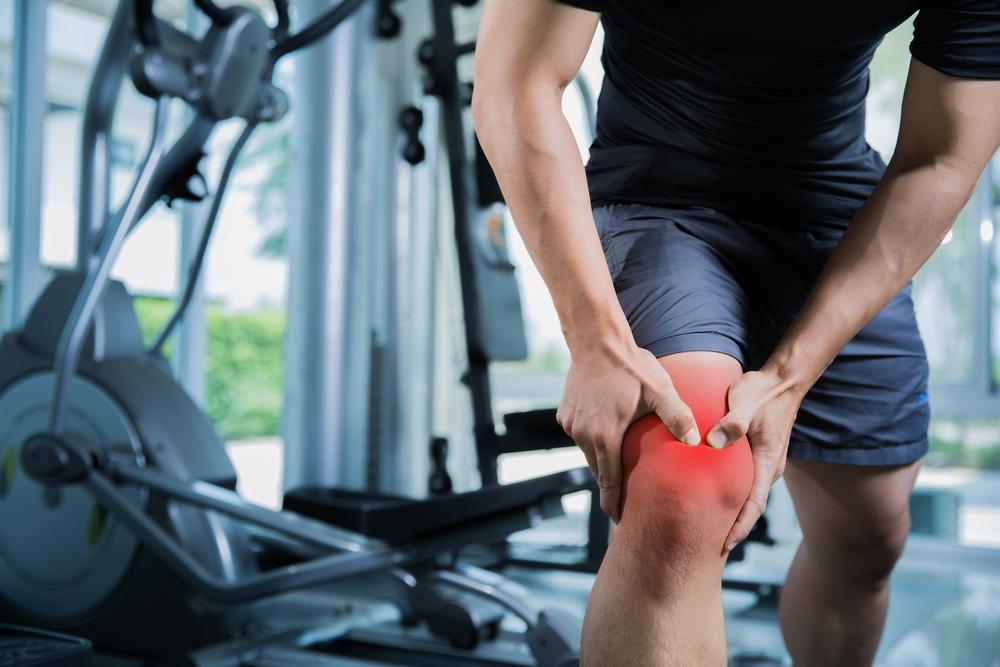Red light therapy is utilized by professional athletes all over the world to enhance performance, train, and improve muscle recovery rate. Red light therapy is also instrumental in rehabilitating sports injuries. This is no surprise, as red light therapy for sports injuries has a significantly large clinical research base supporting its merits. Many elite athletes have also gotten back onto the field quicker, thanks to red light therapy.
Sport medicine experts utilize red light therapy to help athletes recover from injuries. A study carried out in 2016 showed that red light therapy aided college athletes in getting back to the field significantly quicker than individuals that weren’t administered red light therapy for sports injuries.
How Does Red Light Therapy for Sports Injuries Work?
Red light therapy for sports injuries harnesses the power of near-infrared and red light, delivering it to your body to improve cell function. Adenosine triphosphate production is enhanced by red light therapy. ATP is how the body stores and uses energy, making it a crucial element in its recovery process.
Every body process requires cellular energy; the more cells the body has, the better it is at fulfilling its roles. This optimal balance ensures that athletes can reach their highest levels of performance. Red light therapy has also been shown to increase the production of ATP. And with more cellular energy available, our bodies are less likely to experience muscle fatigue. Less muscle fatigue means that our bodies can grow faster.
Red light therapy for sports injuries can help the body adapt to any new challenges it might face. Red light therapy for sports injuries can help deliver various positive effects that enhance your recovery rate and create peak performance.
Red light therapy for sports injuries can increase the production of collagen
Most people believe collagen is found in only the skin; however, it is also essential for other body parts like the ligaments, tendons, and muscles. Collagen makes cartilage and tendons stronger while enhancing muscle repair. Due to this, collagen plays an imperative role in fuelling recovery, particularly in muscle injuries.
Red light therapy for sports injuries can accelerate healing
Red light therapy provides promising results when used to counter sports injury. There is nothing quite as frustrating for an athlete as having an injury that causes them to step back from training. It doesn’t matter if it is a day or two; no athlete enjoys sitting things out. This is especially true for common sports injuries
Red light therapy has been proven to help accelerate the healing process. Studies have shown that red light therapy can efficiently reduce the inflammatory response while kickstarting muscle healing. This combination of processes enables athletes to return to the field in less time than injured athletes who don’t undergo red light therapy.
Red light therapy for sports injuries can increase blood flow
Red light therapy has been known to increase blood flow, making it a critical component for high performance. With an increased blood flow rate, more nutrients and oxygen are delivered to the cells to power them. Increased blood flow also means that there aren’t as many performance-inhibiting free radicals.
This simply means that the additional blood flow can provide your muscles with the fuel they need to perform while limiting oxidative stress. In simple terms, athletes can have the endurance and strength to push through.
Red light therapy for sports injuries can reduce muscle fatigue and increase muscle strength
A study conducted in 2011 showed that red light therapy could significantly increase mean force by 13% and peak force by 12%—two variables that measure strength. The study also noted that red light therapy could delay the onset of muscle fatigue.
This is possible because red light therapy reduces reactive oxygen species and oxidative stress production. Oxidative stress accumulates when the body doesn’t have enough enzymes, such as superoxide dismutase, to create an antioxidant response. Oxidative stress can impair contractile muscle function, resulting in muscle fatigue.
When SOD, superoxide dismutase, cannot manage the development of free radical oxygen molecules, those free radicals weaken physical performance. All of this can result in a reduction in power and performance.
Since red light therapy can increase the production of ATP, the cells can replicate faster, thereby improving oxygenation. The replication process helps the body combat oxidative stress, resulting in less muscle fatigue during workouts or sporting activities.
Red light therapy for sports injuries can help reduce muscle soreness
Every professional athlete deals with DOMS, or delayed onset muscle soreness. It can be said that DOMS is the main cause of discomfort and soreness after high-level athletic performance. One of the positive traits of red light therapy for sports injuries is its ability to eliminate or reduce DOMS after engaging in strenuous sporting activity.
A study was conducted in 2006 to monitor the effect of red light therapy on certain muscles. This study aimed to determine how muscle soreness can be addressed. The study participants received red light therapy and discovered a significant reduction in pain and discomfort typically associated with DOMS.
Another study on red light therapy for sports injuries showed that red light could significantly increase lactate removal and reduce creatine kinase levels. Creatine kinase is released by the body when a muscle is damaged. Due to this, the body often has higher enzyme levels after a workout.
The same goes for lactate which only appears after strenuous exercise. Both of these elements, while being natural responses, should be dealt with by the body before it can return to optimal function.
This conclusion could suggest that red light therapy can be effective for post-workout routines, providing significant muscle recovery benefits.

